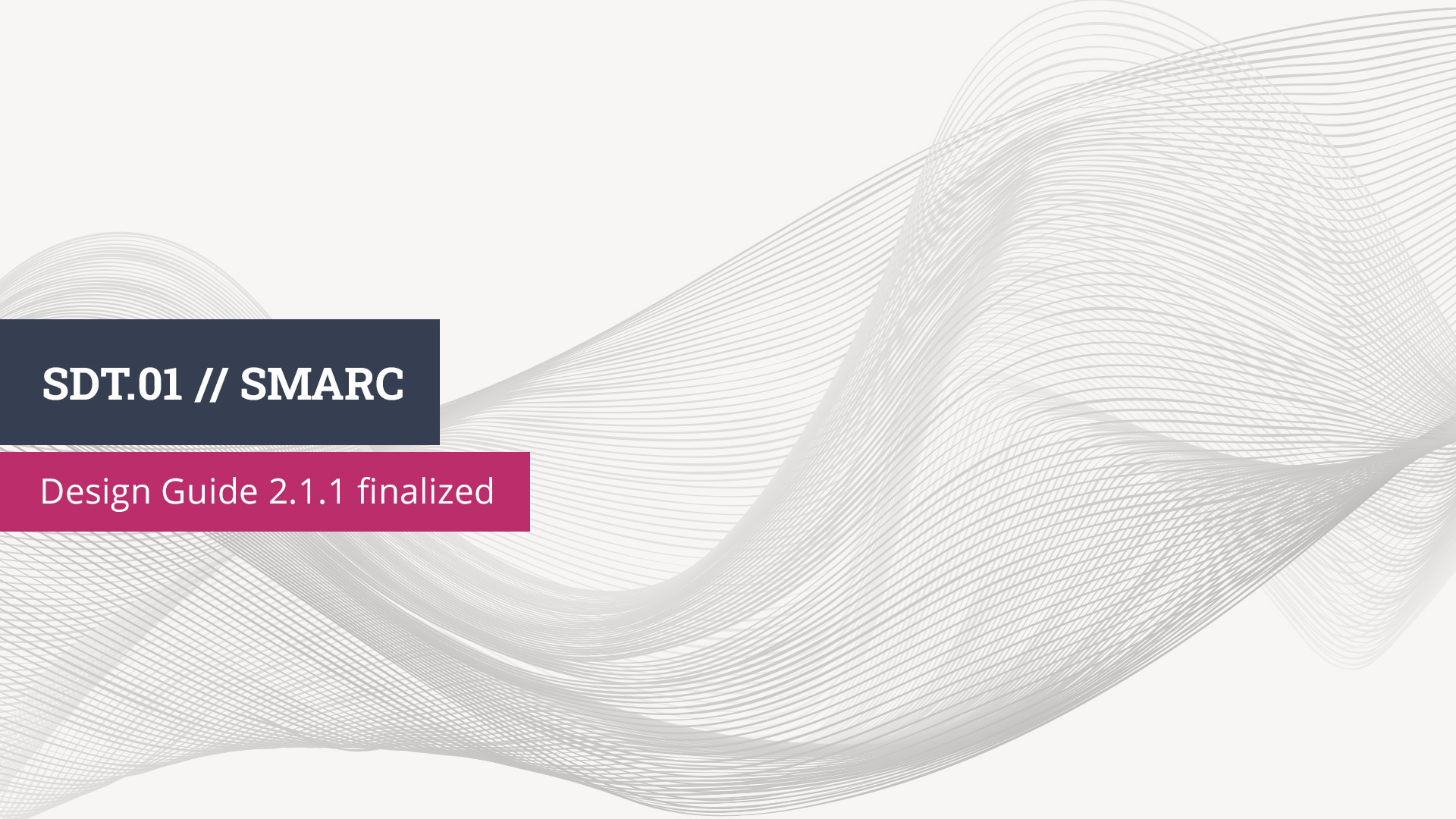Munich, Germany, 5 May 2021: SGeT, the Standards Group for Embedded Technologies e.V., updated the design Guide for its famous SMARC modules to offer carrier board design guidance for the new features and interfaces of the recently released specification update.
As one of the major changes in the new specification was the allowance for SERDES signaling over the last two PCIe lanes, it shows now for easy understanding a GBE implementation using the SERDES interface.
Further USB Type C (USB-C) is becoming more and more a popular standard interface especially for HMI applications, because it simplifies the interfacing between devices and the usage of technology for users. To demonstrate that all these features are also available by designing Carriers with SMARC modules a type C connector implementation with USB 3.0 (or 3.2 gen1) with DP alternate function was added.
According to Martin Unverdorben, SMARC module Team Chairman, “New technologies and interfaces require guidance on how to implement new SMARC baseboard designs. The SGET’s Standard Development Team (SDT) worked successfully with industry experts to show implementation examples and give guidance for optimal implementations. This protects the long-term investment companies make to use Computer on Module standards from SGET.”
The new Design Guide includes:
- Updated chapter “Module Power” with better explanation of the power up process and the defined 4 separate power domains
- Added chapter on how to implement the RESET_OUT signal
- Updated chapter “Display Interfaces” with the different possibilities of implementations
- Added chapter for SERDES implementation
- Added example for USB-C implementation
- Reworked the Layout Recommendations chapter
- Added chapter to show the higher influence of via stubs through high speed signals and added via loss simulations
- New considerations for SPI and eSPI Topology
“We not only worked on the feature implementation and examples, where the high speed layout recommendations had been one of the focuses, but also on the readability and layout of the design guide to make it simpler to find the information developers need to design carrier boards for SMARC modules.” says Carsten Rebmann, editor of the SMARC design guide.
In summary, the SMARC Design Guide 2.1.1 will help to standardize the highly fragmented and proprietary ARM COM market. “Almost 95% of these mostly silicon dedicated pinouts of other COM form factors are not “standards”, they are not well defined and documented, highly propriety without peer review and constantly being modified. End users cannot find their way in this jungle and will welcome the SMARC module specification 2.1.1 and its associated design guide 2.1.1 as one of the best defined, detailed, silicon independent, future proof open specifications on the market. Also, X86 Designs will gain from this well-defined and designed standard.”, says Markus Mahl a contributor to the new release.
The SMARC Design Guide 2.1.1 can be downloaded at:


